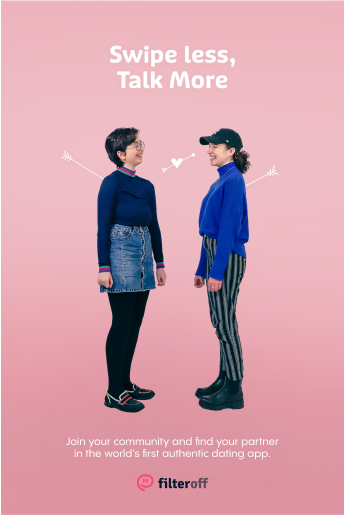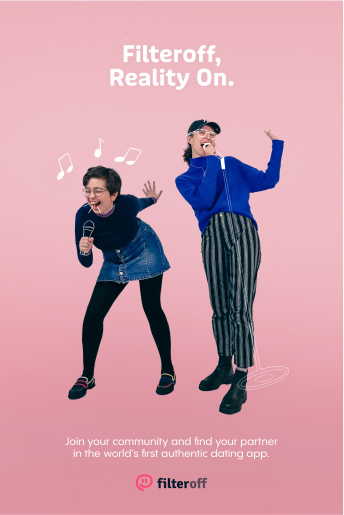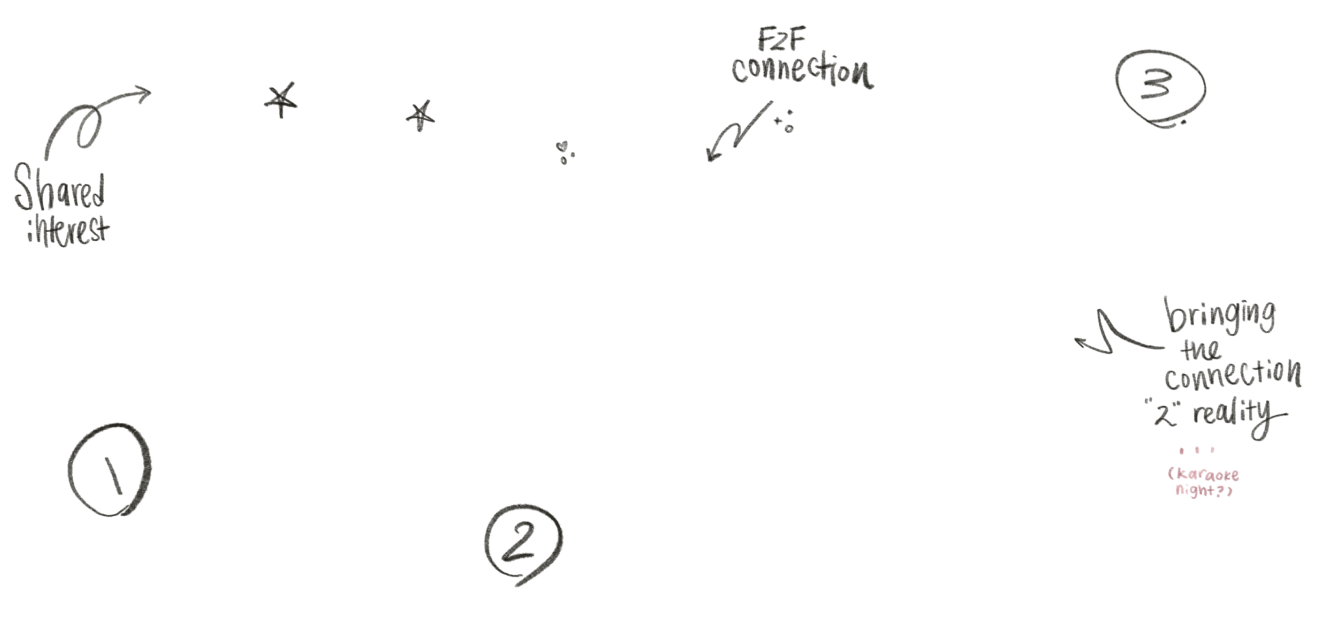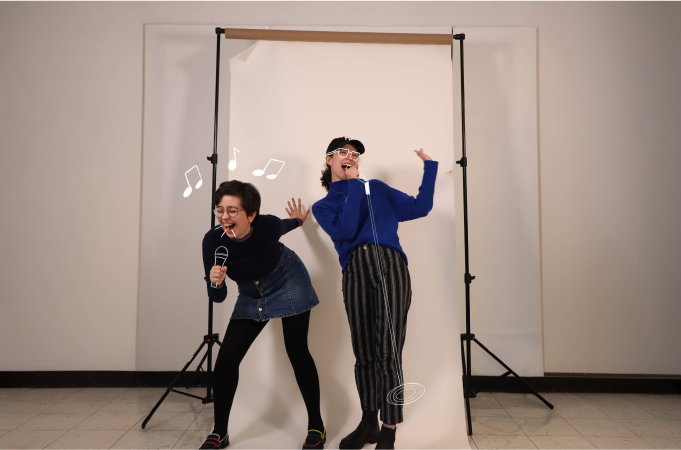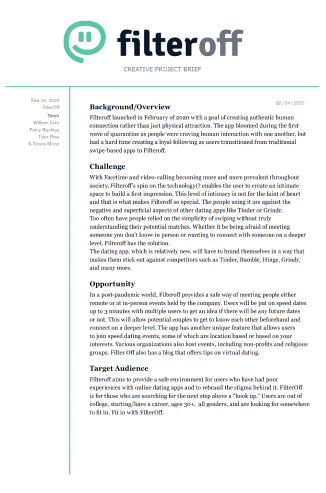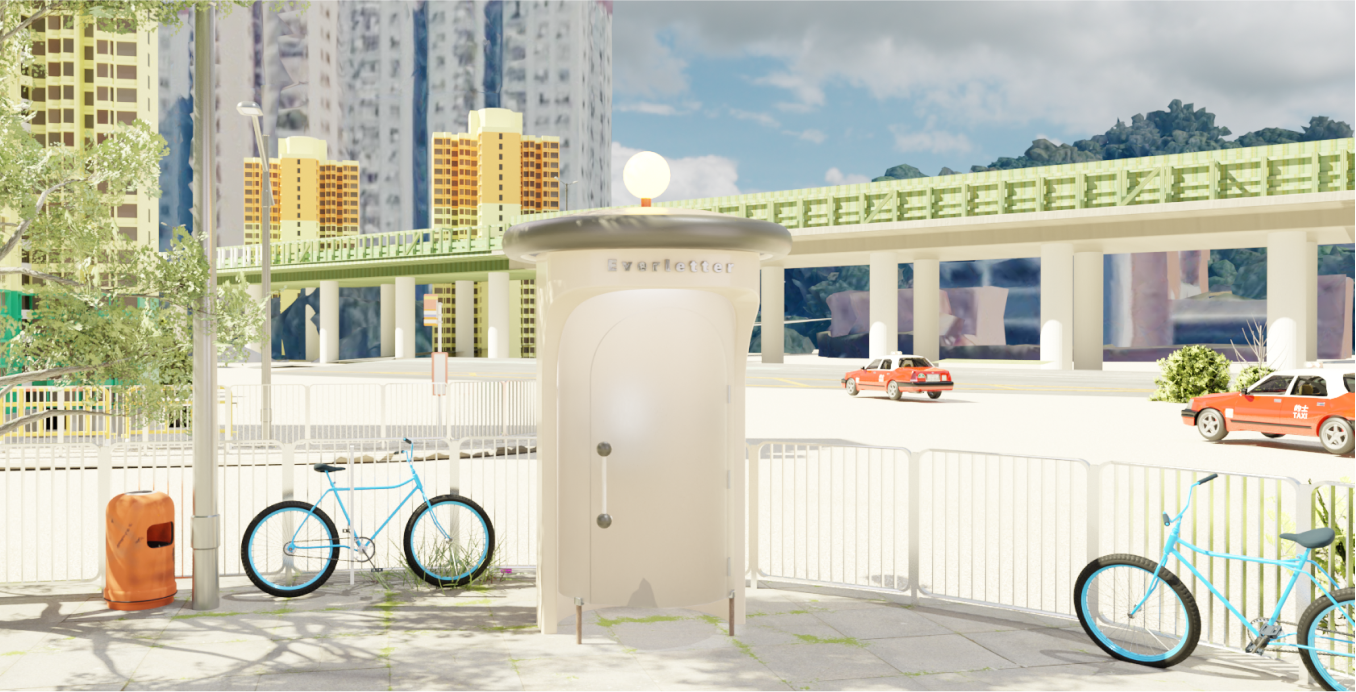

Acesobee is a startup based in Hong Kong offering development and deployment services for HealthTech community care solutions. Their in-house products include Teamcare, eClaim, and eHR Service Provider, all focused on supporting healthcare service providers in coordinating patient care, streamlining the medical claim processes, and providing end-user support for client management systems.
As Acesobee turned its eyes to the the hospice and elderlycare industry for new opportunities to bring about positive intervention, it reached out to my university, PolyU. That conversation soon became a collaborative project between three entities: Acesobee, the Jockey Club Design Institute of Social Innovation (J.C. DISI), and the School of Design’s Communication Design Program.




